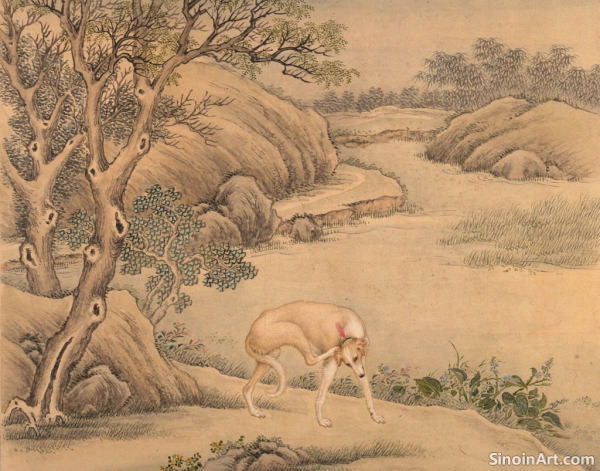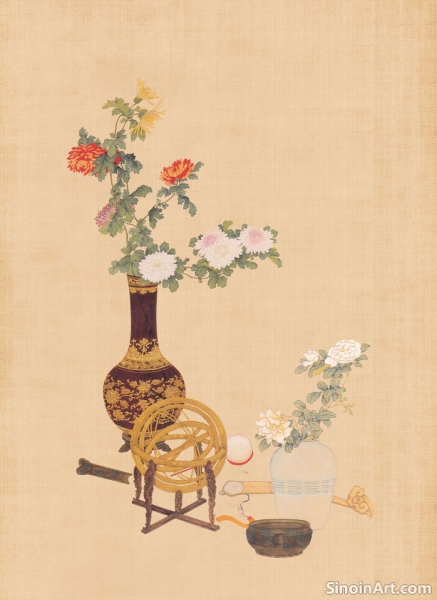Gongbi Painting and the Art of Observation
|
At the heart of Gongbi painting lies the profound art of observation. More than just a visual exercise, it’s a deep engagement with the world around us, a patient and meticulous study of form, texture, and detail. The Gongbi artist must be a keen observer, able to see beyond the surface and capture the essence of their subject with remarkable precision. This ability to see deeply is crucial to the artistry.  The process begins with a sustained period of observation, whether the subject is a flower, a bird, or a human figure. The artist carefully examines the subject from multiple angles, paying attention to the subtle nuances of light and shadow, the delicate patterns of veins and feathers, the unique characteristics that distinguish it from all others. This intensive observation forms the foundation for the artwork.  This level of observation is not just about recording physical details; it’s about understanding the underlying structures and principles that govern the natural world. The artist seeks to grasp the inherent patterns and rhythms that shape their subject, capturing not just its appearance but its essence and vitality. It’s a way of understanding the universe through the medium of art.  The discipline of observation is also about slowing down and being present. In a world that often moves too quickly, the Gongbi artist cultivates a mindset of patience and focus, allowing the details of the world to reveal themselves over time. It's a meditative practice that connects the artist to the world in a more profound and meaningful way. Ultimately, the art of observation in Gongbi painting is a testament to the power of mindful seeing. It's a reminder that beauty often lies in the details, and that by taking the time to truly observe the world around us, we can gain a deeper appreciation for its complexity and wonder. The act of creating becomes an act of deeper appreciation for the world. |
Tag : Gongbi observation, detailed art, mindful seeing, Chinese art analysis, perception in painting
Related information
- Gongbi and the Art of Botanical Illustration
- Gongbi Color Palettes: From Traditional Pigments to Modern Hues
- Unveiling the Techniques of Gongbi: A Step-by-Step Guide
- The Influence of Western Art on Contemporary Gongbi Painting
- Gongbi Portraiture: Capturing the Essence of the Subject
This article explores the relationship between Gongbi painting and botanical illustration, highlighting the meticulous detail, precise linework, accurate color layering, and how these techniques contribute to both artistic beauty and scientific accuracy in the depiction of plants.
Focuses on the color palettes used in Gongbi painting, from traditional natural pigments to modern hues, emphasizing techniques and symbolism.
This article provides a step-by-step guide to the techniques involved in creating a Gongbi painting, covering the sketching, outlining, layering, shading, and final detailing stages.
This article explores the influence of Western art on contemporary Gongbi painting, highlighting the adoption of new perspectives, compositions, materials, techniques, and themes, and how these influences have created a unique hybrid style.
This article explores Gongbi portraiture, highlighting its meticulous detail, precise use of line, delicate color layering, and its aim to capture not only the physical likeness of the subject but also their inner character and essence.